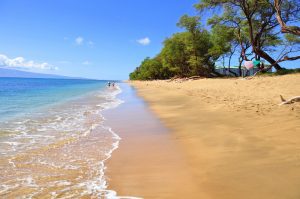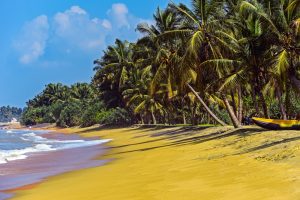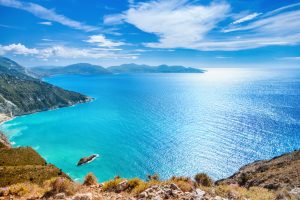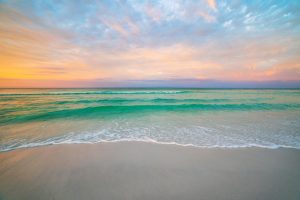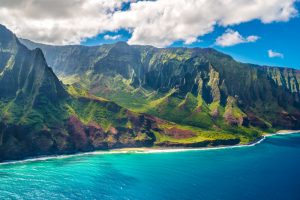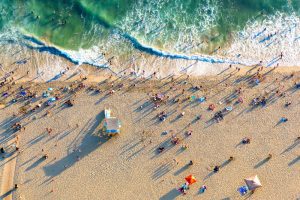Hawaii is an island of paradise and a dream destination for many people. The sparkling clear waters, tropical climate, and remarkable landscapes are some of the many things that attract tourists to Hawaii. Every year, Hawaii welcomes millions of tourists – which is even more than its population.
Although tourism has become the driving factor of its economy, many residents are dismayed by it. You may have heard or read some reports about not feeling welcomed in Hawaii.
While enjoying the island’s luxurious resorts and fine beaches, it’s important to remember how to stay respectful in these places. Before buying tickets to Hawaii, it’s important to learn how Hawaii residents feel about tourists and what makes them against them.
We’ve compiled some of the reasons why Hawaii residents may dislike tourists and how you can avoid making the same mistakes.
Table of Contents
1. Collecting Lava Rocks and Sand
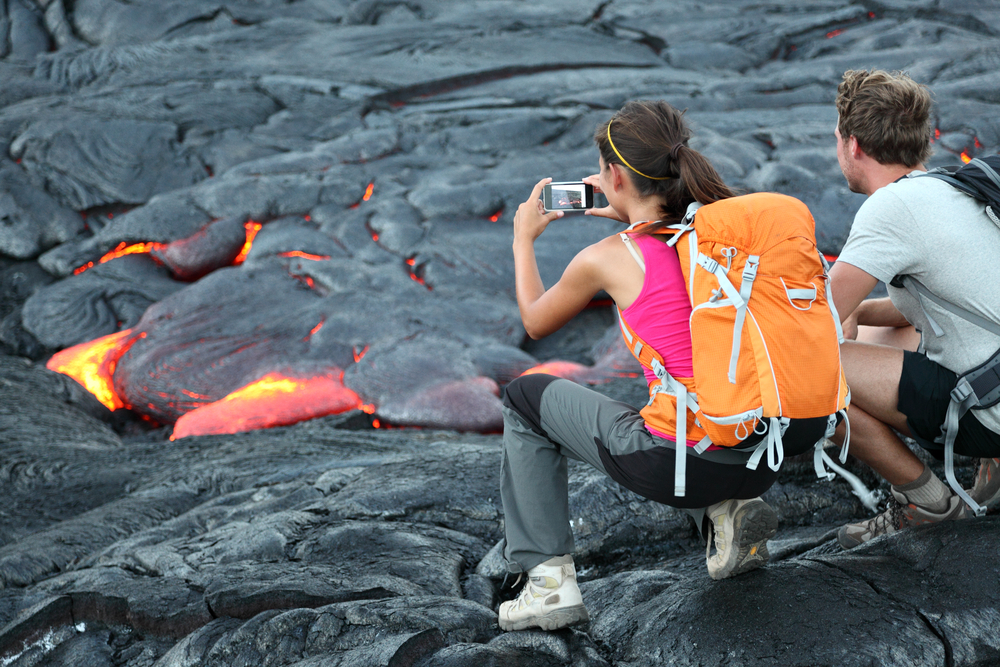
It’s common knowledge that taking anything from the island is an offense that can cause you to pay huge fines or face jail time. Despite that, many tourists take lava rocks and sand from parks, volcanoes, and beaches. Not only is it a major offense, but it’s also disrespectful to Hawaiian culture. Many locals believe that this act is stealing from their Hawaiian goddess of volcanoes, Pele.
The locals believe in an ancient myth called Pele’s Curse; taking lava rocks from the Kilauea Volcano will curse the offender and bring bad luck. Anything that you do against Hawaiian culture can bring you bad luck as a form of punishment from the gods.
2. Littering on the Islands
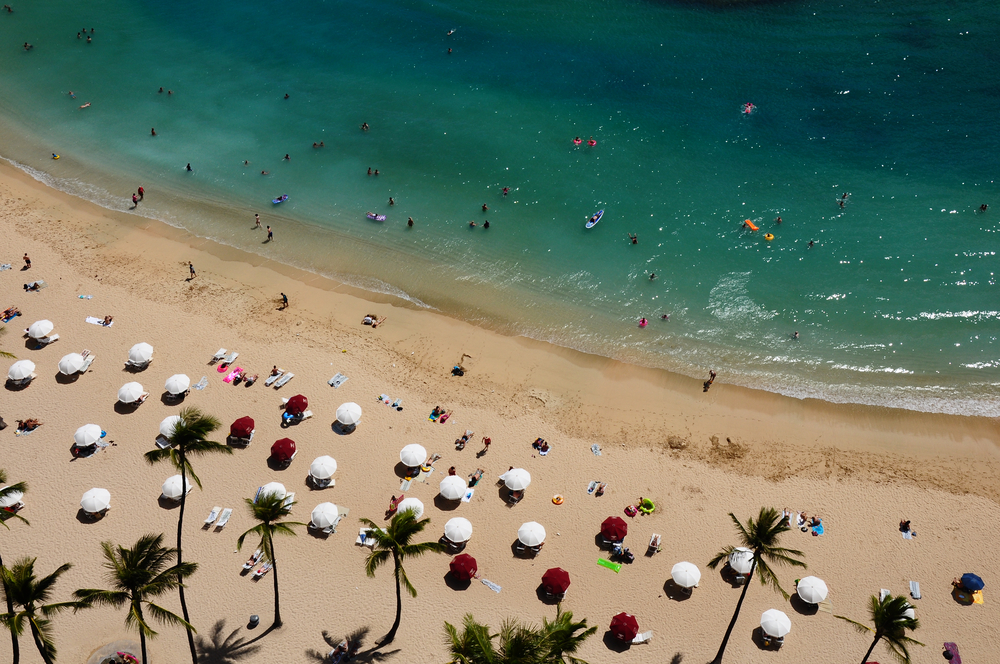
Visiting a tourist attraction should also be treated the same way as you would in your home. Many Hawaii residents take care of and preserve the beauty of the islands.
One of the many simple ways to protect them is by throwing your trash in proper bins. Don’t leave rubbish at the beach or anywhere else. How you treat the beaches is how the residents would feel about you as a tourist. Always keep an eye out for trash and do your best to protect the wildlife of Hawaii.
Continuous littering has caused beaches to be filled with trash. For instance, Kamilo Beach is now known as the “Plastic Beach” for being filled with 15 to 20 tons of driftwood and plastics that are washed ashore on the island.
3. Touching the Wildlife
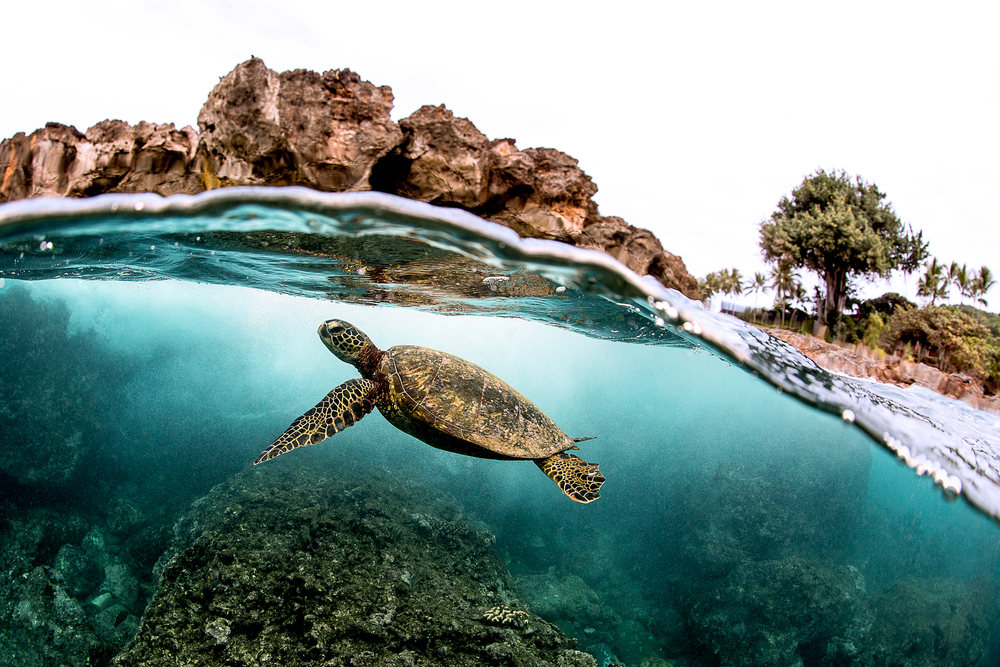
As tempting as it may be, refrain from touching the wildlife. Although you’ll find many tourists doing it, don’t be like them.
Many of the animals, including the sleeping monk seals, are critically endangered and threatened. If you see them sleeping, they are resting – and they need all the energy to survive. Thus, they are most protected and shouldn’t be bothered.
Aside from seals, try to leave other local animals alone such as whales and turtles. If you see the Hawaiian green sea turtle or honu, it’s best to leave them alone and appreciate them from afar. These turtles are considered a family god and it would be disrespectful to disturb them.
That also includes taking up-close photos. Keep in mind that it is a federal offense to touch or harass wildlife, especially those animals on the “do not touch list”.
4. Stepping on Coral Reefs
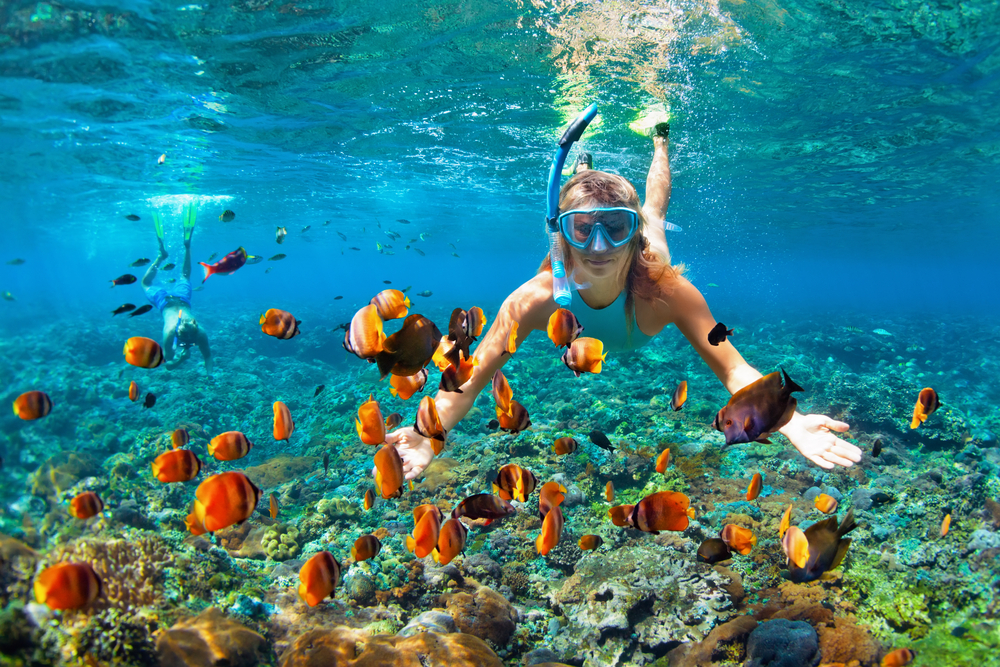
Water-based activities such as snorkeling and swimming are the main attractions in Hawaii. However, many tourists aren’t careful enough to avoid stepping on coral reefs, which contributes to coral reef endangerment.
Be a responsible tourist and avoid areas with coral reefs. Even the slightest step can harm or kill them. Coral reefs are important for our ecosystem, as they are important for cleaning the ocean and for fish reproduction.
5. Wearing Coral Reef-Destroying Sunscreen
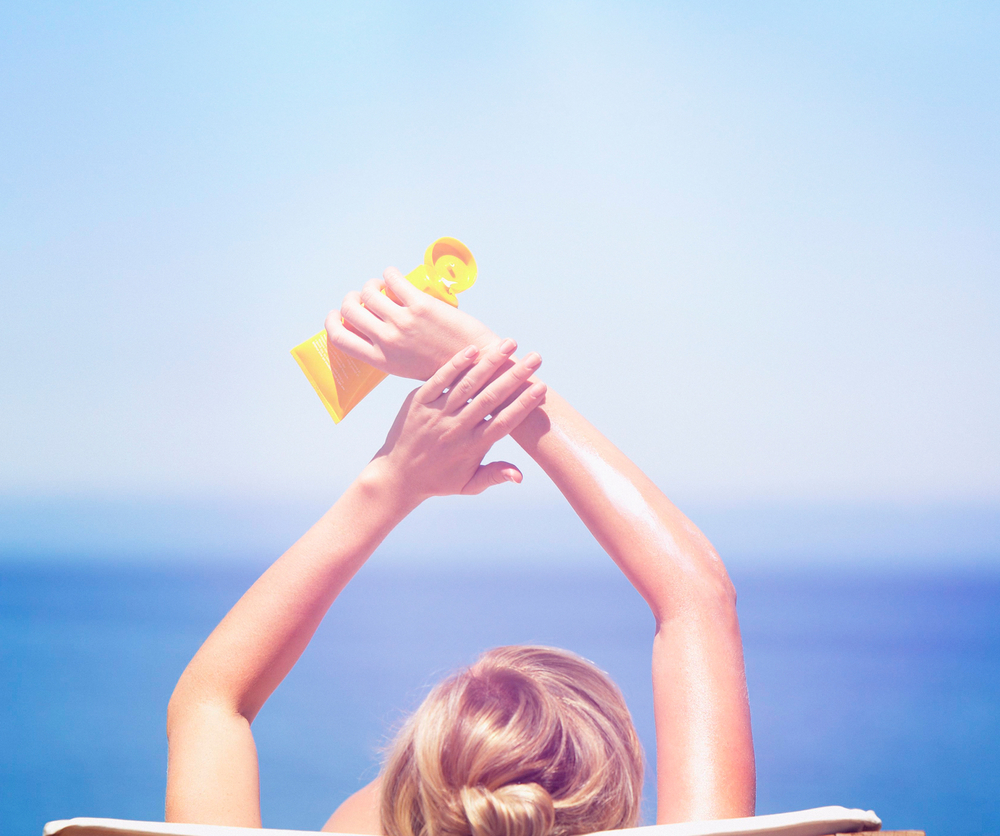
Aside from not stepping on coral reefs, it’s also important to wear reef-friendly sunscreen and other products. Avoid using sprays and sunscreen with harmful chemicals, especially oxybenzone and octinoxate. These chemicals are not only harmful to the seas, but to the animals living in the ocean as well.
Protecting your skin from harmful UV rays is essential, but you can do that while protecting the ocean as well. For extra protection for the skin, wear long-sleeved tops, sunglasses, and hats.
6. No Road Etiquette
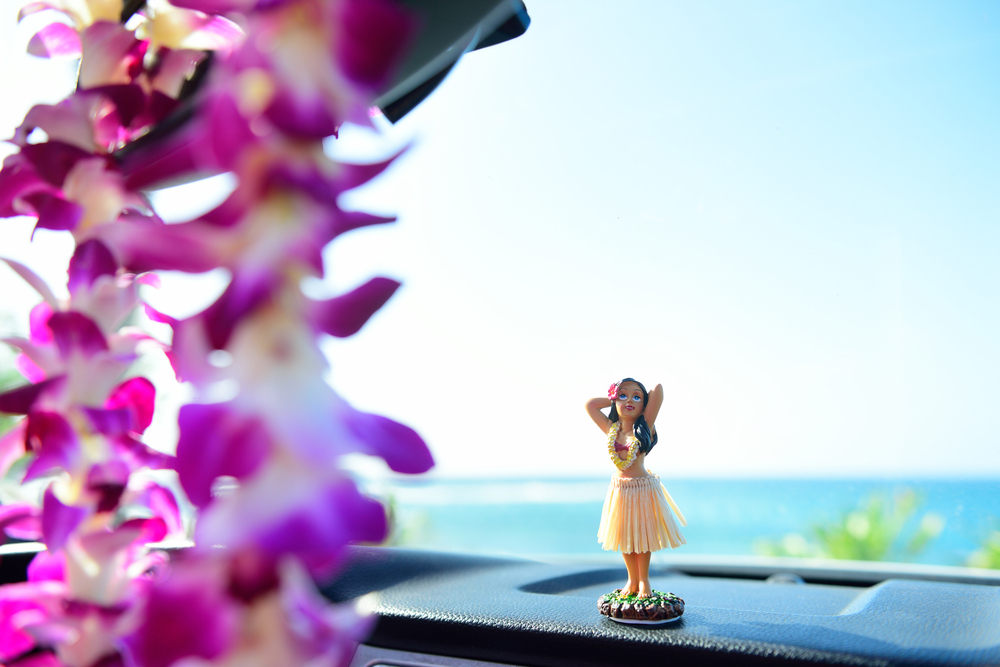
The ride going to the beach welcomes you with many astonishing sites, and many tourists tend to stop or slow down the road to take pictures or selfies. Be responsible and mindful that the road is taken by locals too who need to go to work or reach a destination. It’s more polite to simply pull over at the side and enjoy the views without bothering anyone.
Aside from stopping on the road, honking is uncommon on the island. If you’re used to honking in the city, be extra careful not to do the same in Hawaii, as most drivers are peaceful and relaxed and prefer keeping that aloha spirit.
Moreover, speeding is rarely seen in Hawaii. Everything you used to do on the road must be left behind; simply embrace the stress-free culture of Hawaii. Hawaii residents are more laid-back and are often not in a hurry.
Keep in mind: no road rage, no rush, and no tailgating.
7. Being Too Adventurous and Dangerous
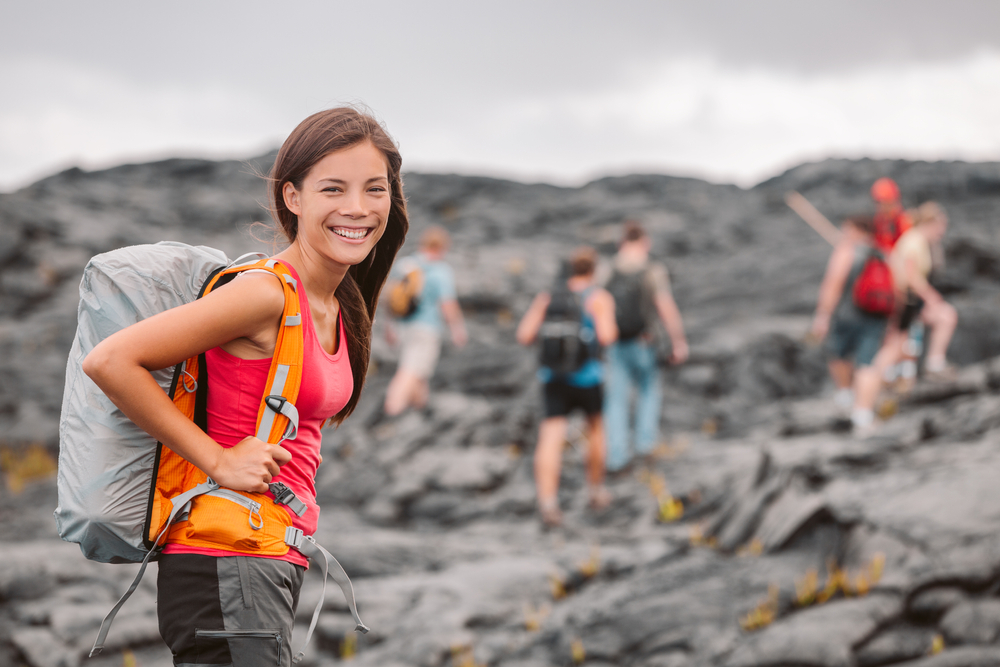
Hawaii has a lot of adventurous places that are perfect for a selfie. However, some tourists go overboard and aren’t too careful. Going to various landscapes has certain rules and precautions in place to keep you safe. Unfortunately, some people don’t follow these rules, which becomes disrespectful.
Some tourists aren’t mindful of the dangers of places like beaches with strong currents or trails with dangerous hikes.
Most tourists take the risk of having a quick cool and dangerous selfie without even enjoying and appreciating the natural wonders. This act is seriously frowned upon and deemed disrespectful to the locals and their rules. No matter how cool your selfie is, it’s not cool when it ends in an accident or disrespects a people’s culture.
8. Not Following Surfing Etiquette
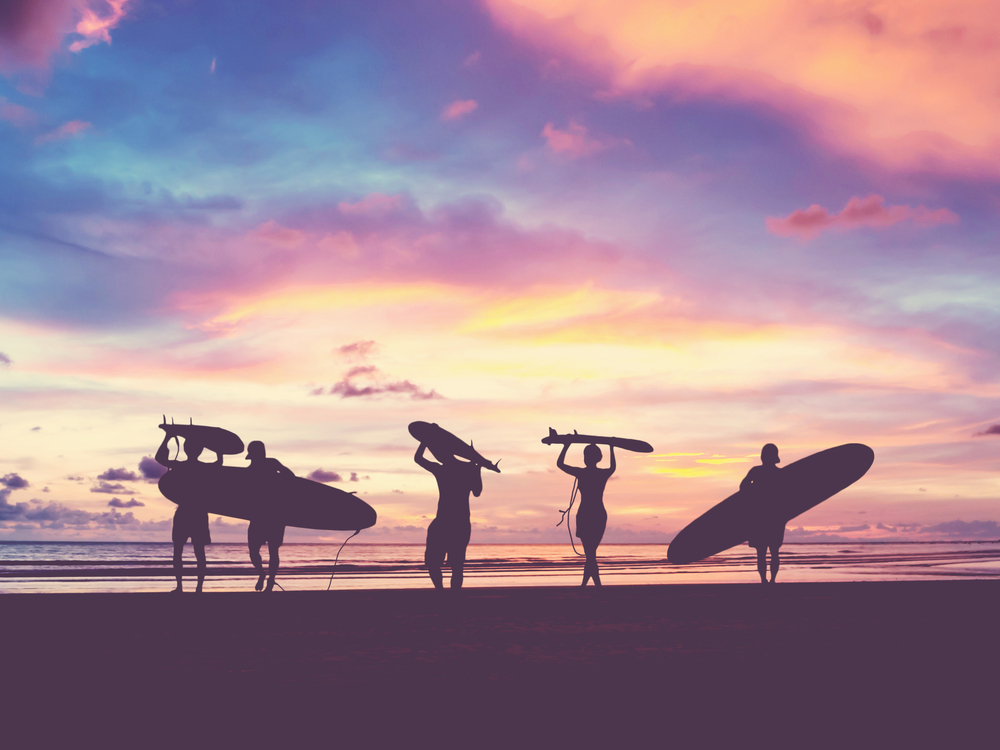
Surfing is the most popular water activity in Hawaii. Some people learn the basics quickly and are bold enough to go on their own. However, you should also learn some surfing etiquette to be respectful to others.
A wave is not for all surfers to take at the same time, mainly for safety purposes. You have to take turns in catching a wave, so be mindful of whose turn it is to catch the next wave. Before you surf, make sure you know and respect the rules of the locals.
9. Surfing in Dangerous Spots
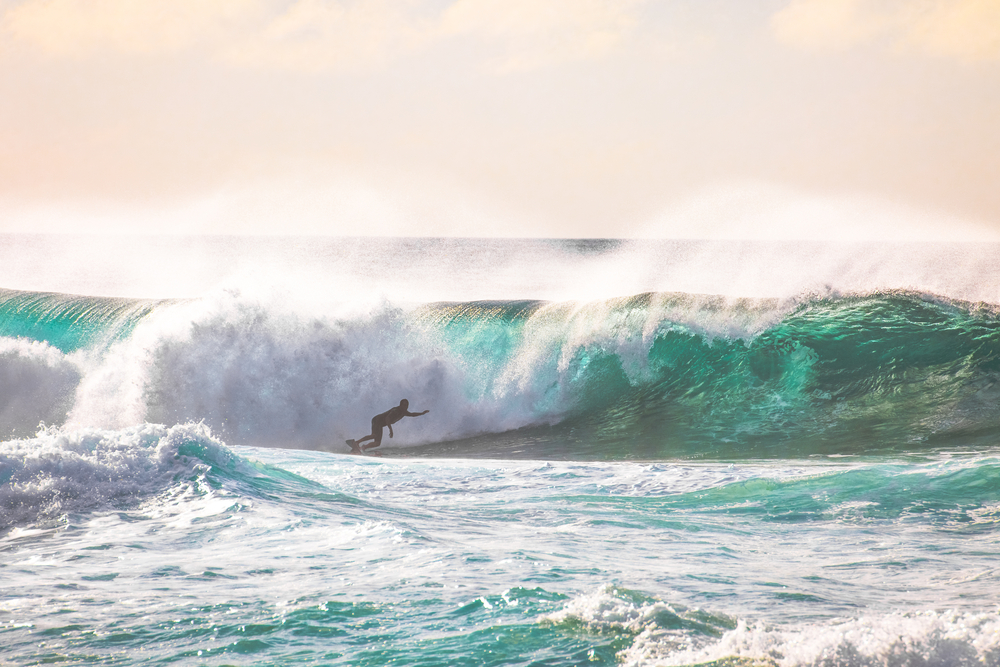
Just because you know a thing or two about surfing doesn’t mean you can dive right away into the most dangerous surfing spots. As a beginner, only take the smaller waves for safety. Moreover, taking a big wave for beginners can also be dangerous to the pros who are in it.
10. Living in Hawaii Became More Expensive

Although tourism is the driving force of Hawaii’s economy, it also makes it difficult for the locals to attain a comfortable life. Over time, housing costs and cost of living became more expensive for the locals living there.
Some residents have a difficult time keeping up with expenses and can’t afford to live in Hawaii anymore, forcing them to relocate to a cheaper state. This is one of the reasons why locals may dislike tourists, but there’s nothing we can do about tourists wanting to come.
11. Ignoring Warning Signs and Rules
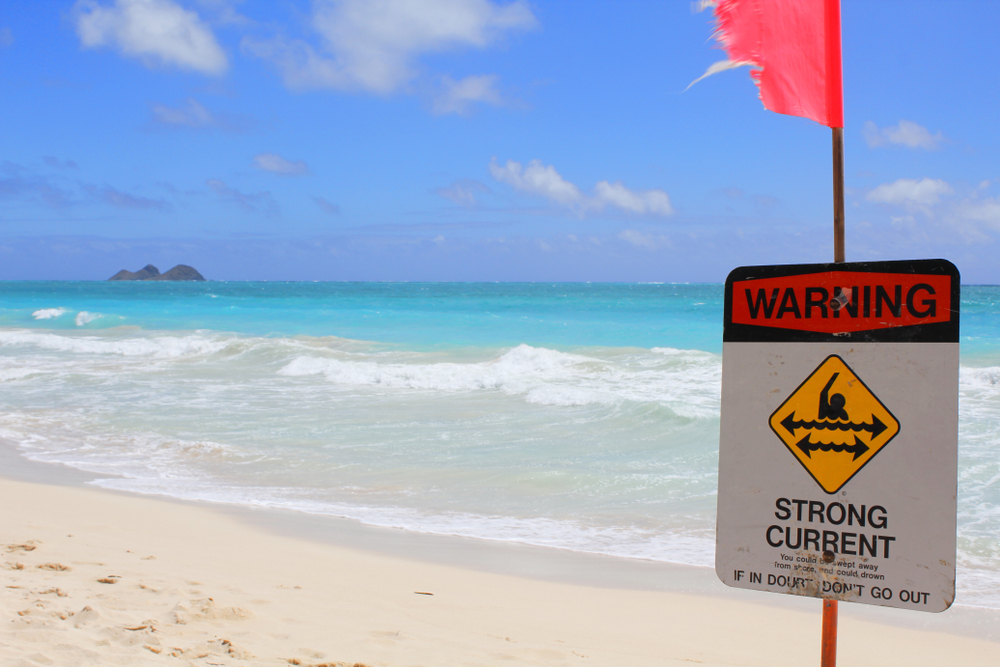
Most places have signs to follow to keep things in order. For instance, you can find signs that say “Warning: Jellyfish”, “No Parking” or “Dangerous”. These signs were put up for a reason: to protect you.
If you ignore these signs, it will only cause an accident and will be interpreted as being ignorant and disrespectful to Hawaii’s culture. So if you see a “No Surfing” sign, better follow it – or you might end up swimming with sharks.
12. Not Taking Your Shoes Off When Entering a House
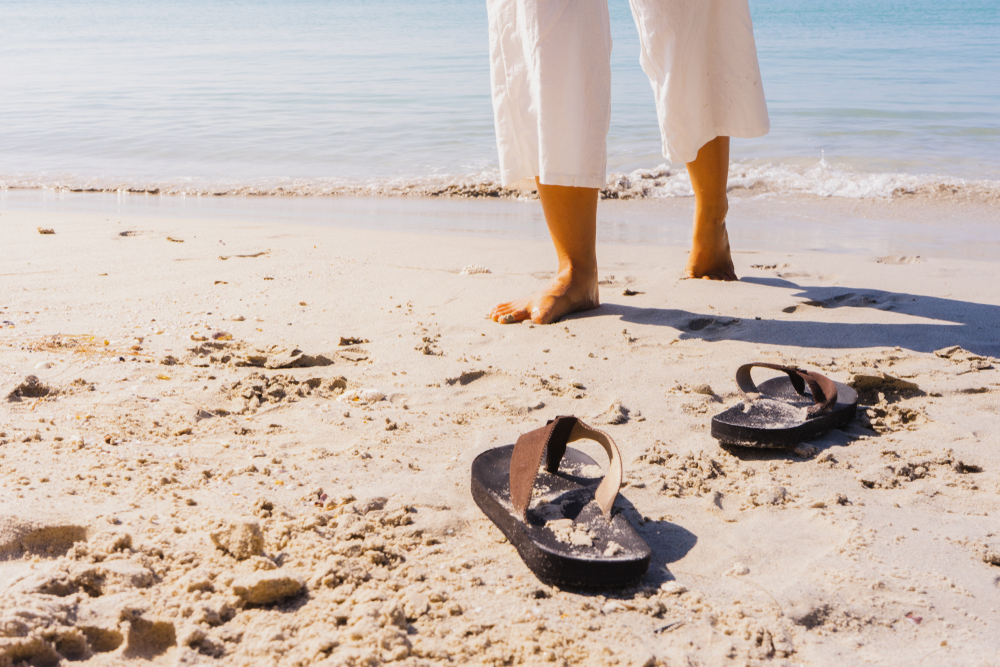
When someone invites you over to their home, it’s important to remember to take off your shoes or slippers before entering. Although it’s normal for you to come inside a home with your shoes on, in Hawaii, it is not.
Keep in mind that you are on a beach island – which means bringing the sand and dirt inside their home.
13. Increased Negative Environmental Impact
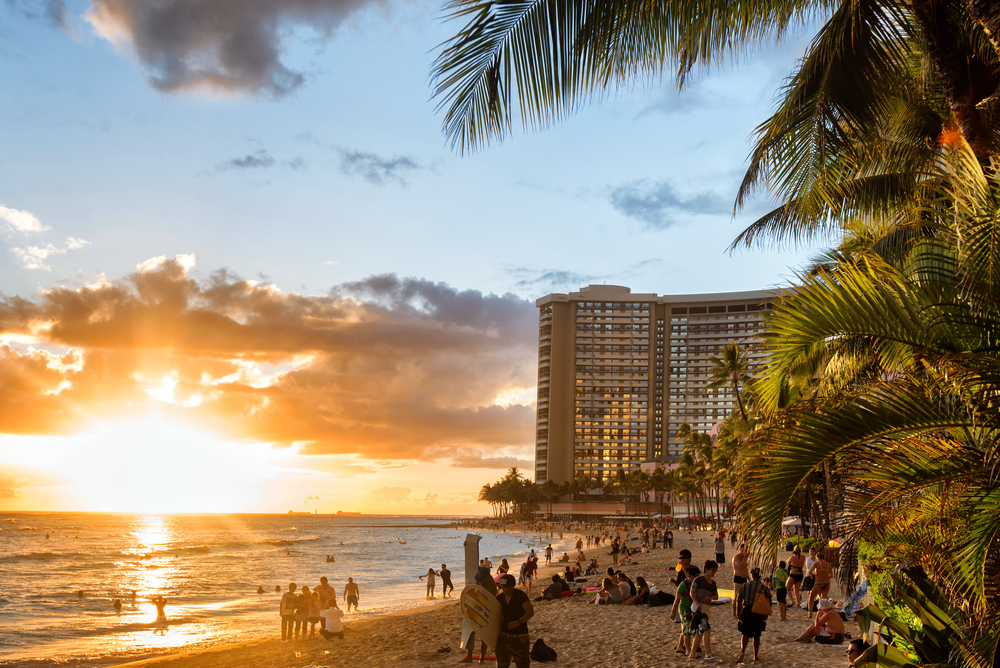
The long-term effects of tourism have been a problem for Hawaii.
For instance, hotels have doubled in the past years and have resulted in more water consumption. One tourist usually consumes about 1,300 to 3,600 liters of water per day, which is more than the average consumption of locals. The increased water consumption has led to droughts across the islands.
Another negative effect of tourism is the depletion of natural landscapes. More tourist attractions and establishments are being developed for tourists, which causes them to use the land for construction.
Not only the landscapes are affected, but the animals living in them are, as well. For instance, Hawaii’s natural ponds for migrating birds are being destroyed for establishments. Moreover, the forests where animals live are also taken away from them, and therefore causing them to become endangered species.
14. Smoking on the Beach
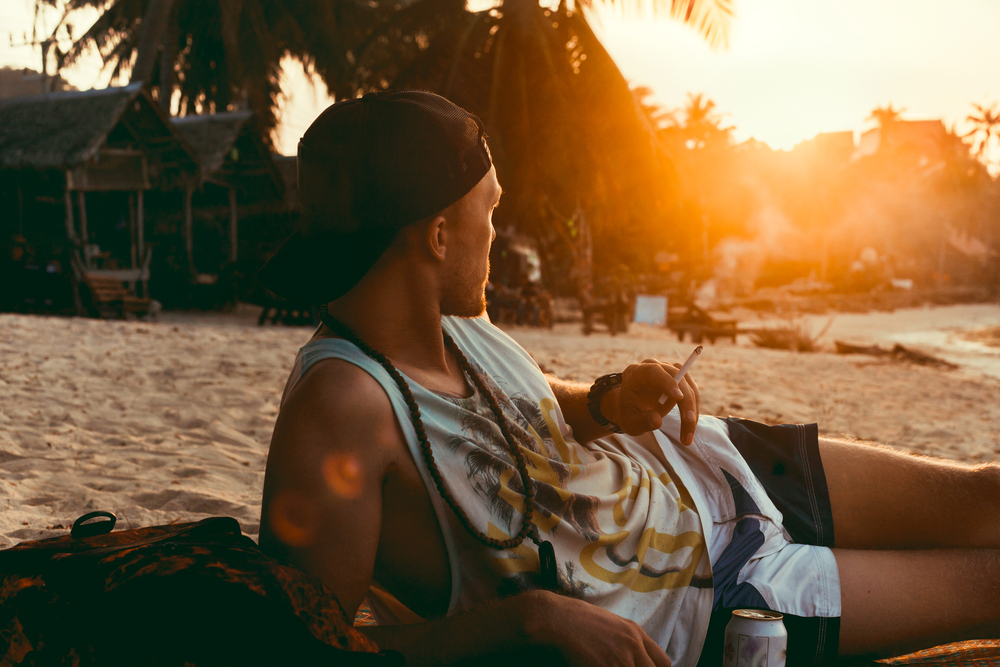
Smoking cigarettes or e-cigarettes are not allowed along the beaches and parks unless it clearly states it is a smoking area. Smoking is not only bad for the air, but the cigarette buns thrown out are harmful to plants and animals.
How to Travel Responsibly in Hawaii
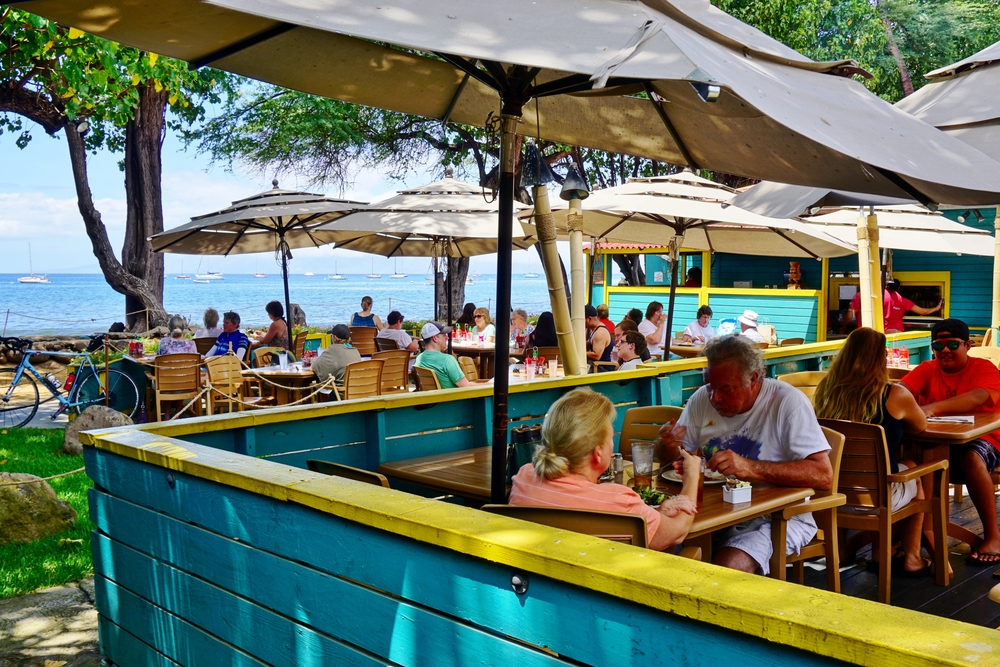
Show respect and be culturally mindful when traveling to Hawaii. One of the first things you can do to understand Hawaii and its culture is by learning about its history and roots. Being culturally sensitive is a surefire way to respect the locals. Adopting their ways and traditions can help you get a different perspective of Hawaii and appreciate the islands.
Before coming to Hawaii, do your homework and learn about proper island etiquette. Learning the do’s and don’t on both the Aina (island) and Moana (ocean) can help the locals appreciate you more as a tourist.
One of the simple contributions you can make for the island is to help them conserve it by not taking rocks and sand, throwing rubbish in proper places, and using plastics, to name a few.
Remember some don’ts to keep you safe:
- One thing you shouldn’t do is standing too close to a blowhole. Water shooting a hundred feet in the air can be exciting to look at, but standing next to it is dangerous as it can knock you down hard.
- Don’t turn your back on the ocean. You’ll hear locals tell you this countless times, as it is very common to happen to tourists. Turning your back on the ocean is crucial as big waves can suddenly sweep you into the water.
- It’s also important not stand on big wet rocks, as they can be slippery, and cause you to fall. If you see wet rocks, it simply means the waves were able to reach the rocks and can crash onto you when standing there.
Lastly, you should always support local businesses. Refrain from buying and eating at your typical go-to fast-food chains and choose a local restaurant to experience local food the right way. If you think resort towns are the only places to stay in, then you’re wrong. It’s much better staying in smaller towns for a more relaxing and cheaper experience. These are the places where you’ll find more local restaurants and stores to experience Hawaiian culture.
Don’t forget to enjoy your vacation while remembering these rules. Immerse yourself in their aloha spirit and just relax and appreciate the mesmerizing landscapes of the island.






